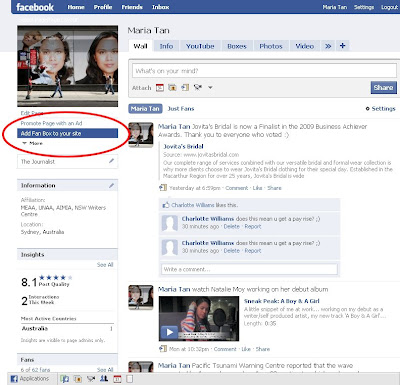This essay analyzes the role 'play' performs in media engagement, and discusses what the study of media play adds to traditional media theory.
“We are always immersed in something, whether it is narrative, a form of media, or just our own thought process” (Brooks 2004, p. 15). To ‘play’ is to begin one such process of immersion, to enter a state of mind which can ultimately define the nature of audience interaction with any form of media. As Vorderer (2001) notes in his analysis of ‘Play Theory’ and its relation to entertainment:
“Many theoretical considerations have described in detail how media users change their sense of reality by taking on the reality provided by the media while temporarily ignoring the physical and social reality in which they are actually living and in which the media is part.”
Interactivity is the media audience relationship in motion, encompassing why and how the audience connects through specific mediums, and the outcomes derived from those interactions. “Interactivity is not just a matter of usage but includes cognitive and emotional processes as well” (Carpentier 2007, p. 221).
The concept of play is important in studying audience interactivity as it denotes a subjective form of involvement that is constructed by the individual. This can in turn affect the individual’s attitudes and choices towards participation. For example, as Livingstone (2008) found in her studies of teenagers’ and their uses of social networking, self expression and creativity was not limited to simply “enacting identity” through publishing factual information about oneself, but also fictitious information that reflected the “teenagers’ playful, occasionally resistant style”.
Play also adds another dimension to both reception and effects studies in that it can augment the audience’s semiotic interpretations and representations of a text that has been either delivered to them or created by them. “Play liquefies the meaning of signs; it breaks up the fixed relation between signifier and signified, thus allowing signs to take on new meanings” (Kucklich 2004, p. 7-8).
An explanation of this can be attributed to the inherent ‘pleasure’ derived from experimentation mixed with imagination, a key theme in Stephenson’s work (1988) which contrasts the concepts of ‘work and play’ as parallel to the dualities of ‘pain and pleasure’. The subjectivity of this pleasure seeking behaviour has the potential to merge effects and reception studies due to play’s “intertextuality” and “fluidity”, an experience which Friedman (2008) describes:
“We may transition from watching a movie, to acting it out in front of friends, to re-enacting it in video games, to dreaming about it. These may be different forms of media consumption, but they are all aspects of the same circuit of play, imaginatively reworking the raw materials of story and character.”
Therefore when ‘Play Theory’ is applied to audience research, the scope of the media-audience relationship widens beyond that of effects and reception as they are intermingled in imaginative experimentation. As psychologist Albert Bandura, originally renowned for his effects related research, said during his later work on Social Cognitive Theory (Bandura 2001, p. 142):
“Analyses of the role of mass media in social diffusion must distinguish between their effect on learning modelled activities and on their adoptive use, and examine how media and interpersonal influences affect these separable processes.”
For a full list of references click here




